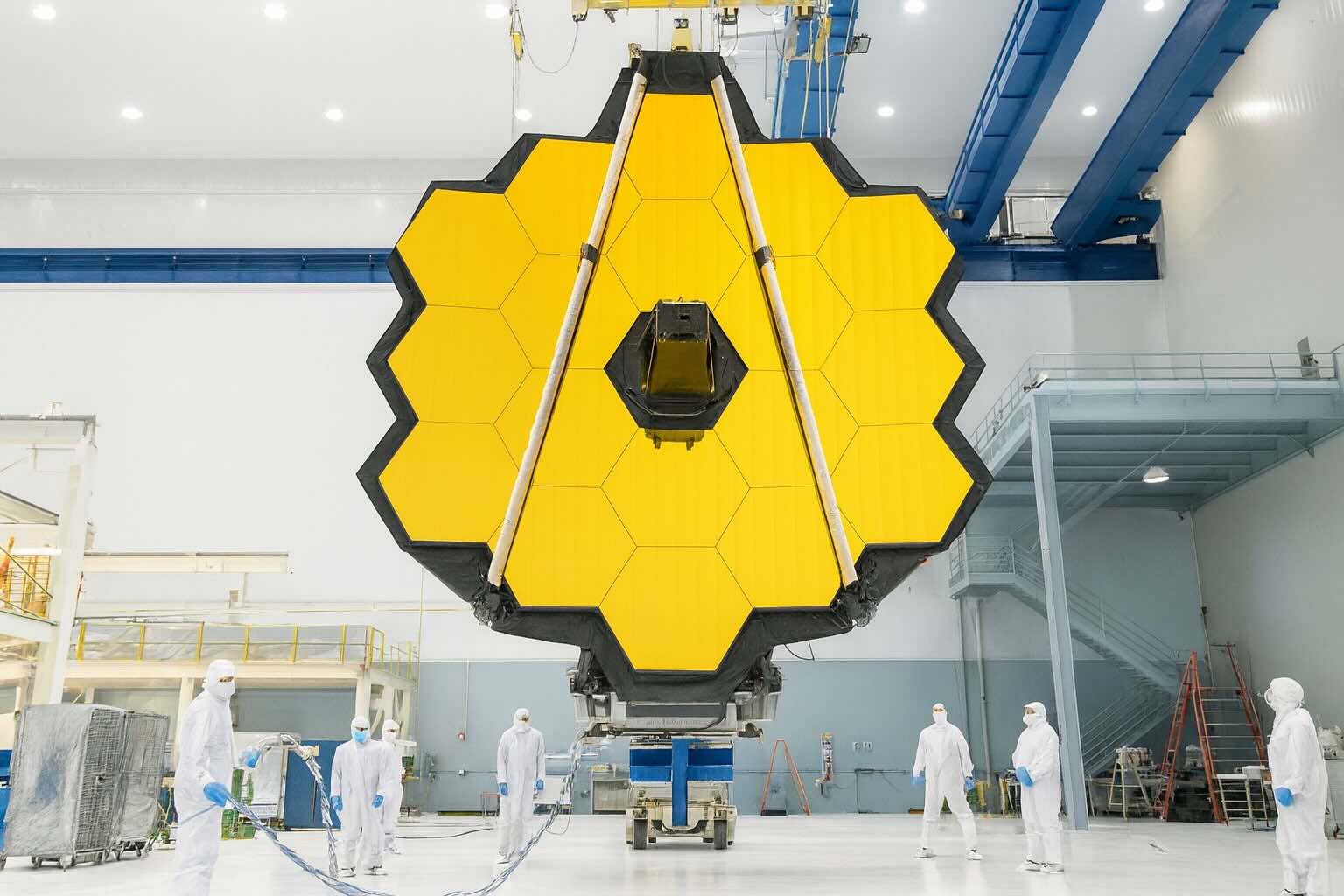A Universe Full of Mysteries
The universe has always been a place of wonder and unanswered questions. Despite decades of research, scientists admit that much about space remains unknown. New discoveries often shake up what we thought we knew, and the latest data from NASA’s James Webb Space Telescope (JWST) has done just that.
What seemed like a small calculation error about how fast the universe is expanding has turned into one of the biggest puzzles in modern cosmology. Could it be that the universe expands at different speeds depending on how we measure it?
Meet the Hubble and James Webb Telescopes
Before we dive into the mystery, let’s talk about the two telescopes behind the discovery.
-
Hubble Space Telescope: Launched in 1990, Hubble gave us breathtaking images of galaxies, planets, and nebulae. Orbiting Earth, it detects visible and near-infrared light, revolutionizing how we see space.
-
James Webb Space Telescope (JWST): Operational since 2021, Webb is Hubble’s successor. With its advanced infrared technology and a position 1.5 million kilometers from Earth, Webb can look deeper into space and further back in time. It allows us to study the birth of galaxies and even search for life on distant exoplanets.
Together, these telescopes are rewriting the story of our cosmos.
What Is the “Hubble Tension”?
Astronomers have been trying to calculate the Hubble Constant—the rate at which the universe expands—for decades. But here’s the problem: two different methods give two very different answers.
The Two Ways to Measure Expansion
-
Cosmic Microwave Background Radiation
-
This faint glow left over from the Big Bang is like the “baby picture” of the universe. It suggests the expansion rate is 67 km/s/Mpc.
-
-
Cepheid Stars and Supernovae
-
By measuring how far these “cosmic mile markers” are from us, astronomers can track how fast galaxies are moving away. This method suggests the expansion is faster, at 74 km/s/Mpc.
-
That’s a pretty big difference. And until recently, scientists thought maybe it was just a matter of measurement error.
James Webb Confirms the Mystery
Enter the James Webb Telescope, with technology far more advanced than Hubble’s. Webb has now confirmed what many suspected: the difference in measurements is real.
Nobel Prize-winning astrophysicist Adam Riess, who leads the study, explained it clearly: if the data isn’t wrong, then we may have misunderstood how the universe really works.
In his words, “what remains is the exciting possibility that we have misinterpreted the universe.”
What Does This Mean for the Big Bang Theory?
Our modern understanding of the universe begins with the Big Bang. About 13.8 billion years ago, this massive explosion created space, time, matter, and eventually, stars, planets, and life itself.
But if the expansion rate doesn’t match our models, does that mean the Big Bang theory needs rewriting? Not exactly—but it may need updating.
Possible Explanations
Scientists are now debating several possibilities:
-
New Physics: There could be unknown particles or forces that we haven’t discovered yet, influencing the speed of expansion.
-
Dark Energy or Dark Matter Tweaks: These mysterious components of the universe might be behaving differently than we thought.
-
Errors in the Cosmic Background Model: Perhaps our interpretation of the Big Bang’s leftover light needs to be refined.
Why This Matters
This is not just a numbers problem. The expansion rate affects nearly everything in cosmology:
-
How old the universe really is
-
How galaxies formed and evolved
-
The role of dark matter and dark energy
-
The fate of the cosmos—will it expand forever, or slow down?
If Webb’s data holds up, it could mean a paradigm shift in astrophysics, forcing us to rethink some of the most fundamental laws of the universe.
What Happens Next?
James Webb isn’t done yet. Over the next few years, it will continue to measure galaxies, stars, and cosmic signals with unmatched precision. Scientists hope this treasure trove of data will help solve—or at least clarify—the “Hubble tension.”
Future studies may reveal:
-
Whether the expansion rate changes depending on where or when we look in the universe.
-
If new forces or particles exist that alter cosmic expansion.
-
How dark matter and dark energy shape the universe more than we realize.
A Universe That Keeps Us Guessing
The truth is, we still know so little about the cosmos. Every discovery seems to raise more questions than it answers. But that’s what makes space science so thrilling.
The James Webb Telescope has shown us that the universe may not behave the way we expected. Instead of discouraging us, this mystery invites curiosity, creativity, and the possibility of groundbreaking discoveries.
A New Era in Cosmology
For centuries, humans believed Earth was the center of the universe. Then we learned we orbit the Sun. Later, we discovered our galaxy was just one among billions. Now, James Webb is teaching us that even our models of cosmic expansion might be incomplete.
This “Hubble tension” is not the end of science—it’s the beginning of a new chapter. With every new observation, we move one step closer to unlocking the true story of the universe.
So, what’s next? If the past is any guide, the cosmos is full of surprises. And James Webb is just getting started.
